While bats play a beneficial role in controlling insect populations, having them take up residence in your attic can pose serious concerns for homeowners. This comprehensive guide will walk you through safe, legal, and effective methods for removing bats from your attic while understanding the importance of proper bat control.
Bats are protected by various laws and environmental regulations. Lethal removal methods are illegal.
Never handle bats directly. They can carry diseases and require proper safety equipment for removal.
Consider consulting a bat removal specialist for large infestations or if you’re unsure about proper procedures.
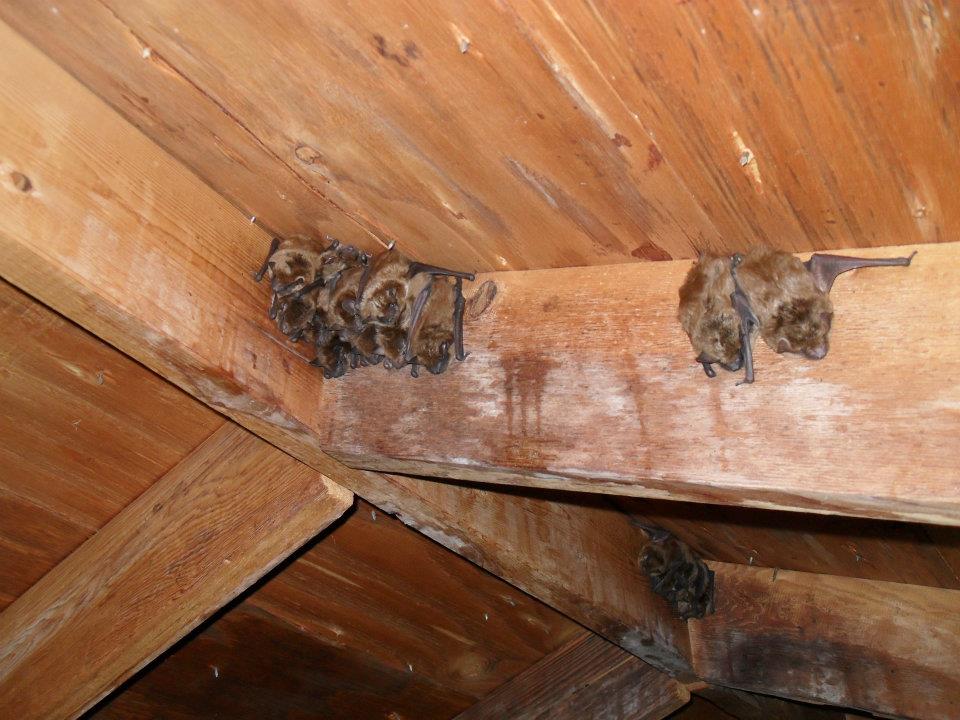
- Signs of Bat Infestation: How to Identify the Problem
- Essential Safety Precautions: What NOT to Do
- Effective Bat Removal Methods
- Sealing Entry Points: Complete Bat-Proofing Guide
- Electronic and Alternative Bat Deterrent Methods
- Post-Removal Cleanup and Restoration
- When to Call a Professional
- Frequently Asked Questions
Signs of Bat Infestation: How to Identify the Problem
The first step in bat control is confirming their presence and locating their entry points. Bats leave distinct signs that make identification possible, even if you haven’t seen them directly.
Audio Signs
Listen for scratching and squeaking noises coming from:
- Walls
- Chimney
- Ceiling
- Most active at dawn and dusk
Visual Evidence
Look for these clear signs of bat activity:
- Dark brown/black droppings (guano)
- Grease marks around entry points
- Bats flying at dusk
- Visible roosting in corners
Entry Points
Common bat access locations include:
- Gaps in soffits and fascia
- Chimney openings
- Loose roof tiles
- Vents and small holes

Pro Inspection Tips
- Conduct exterior inspections at dusk to observe bat activity
- Look for droppings accumulation below potential entry points
- Use a flashlight to check dark corners and crevices
- Note any unusual stains on walls or ceilings
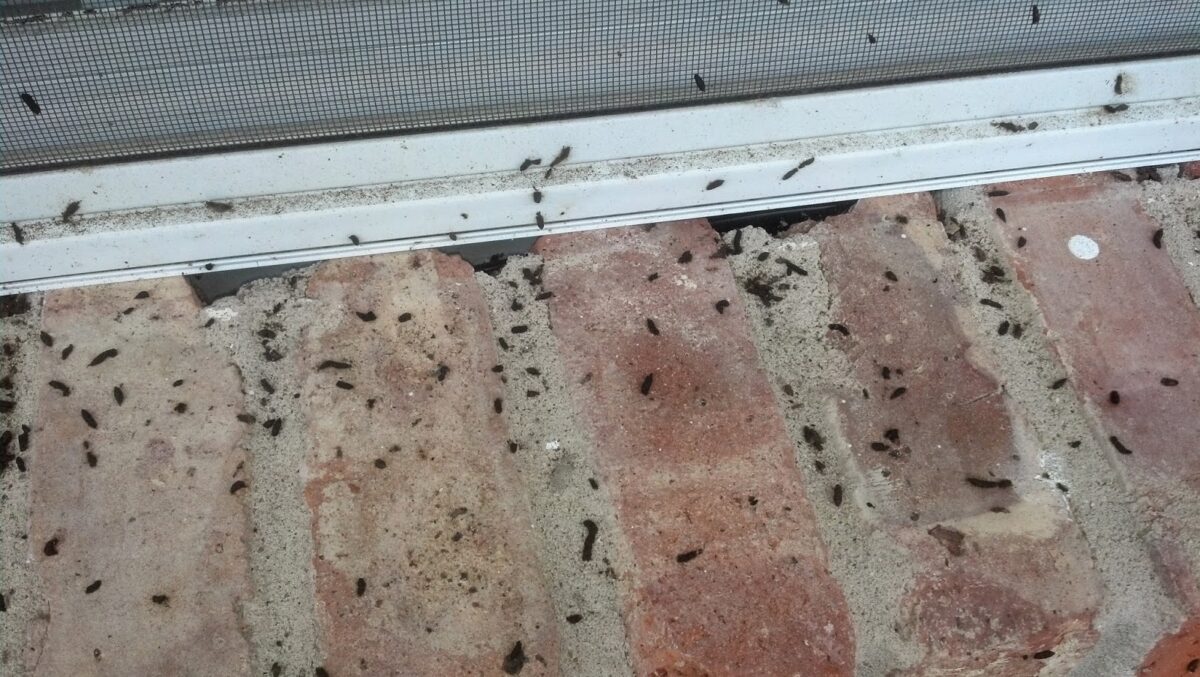
Essential Safety Precautions: What NOT to Do
Before attempting any bat removal, understanding proper safety protocols is crucial. Bats can carry diseases, and improper handling can be dangerous for both you and the bats.
Bats can carry rabies and other diseases. Avoid any direct contact, even with protective gear.
Sealing while bats are inside will trap them and cause additional problems.
Do not attempt to smoke out, poison, or kill bats – these methods are illegal and dangerous.
Required Safety Equipment
- N95 or higher respirator mask
- Heavy-duty work gloves
- Full protective clothing
- Safety goggles
- Disposable coveralls
Health Risks
- Histoplasmosis from droppings
- Potential rabies exposure
- Parasites from nests
- Respiratory issues from guano
When to Call Professionals
- Large colonies present
- Difficult-to-access areas
- Multiple entry points
- Legal compliance concerns
Important Safety Note
If you find a bat inside your living space, especially if there’s any possibility of human contact, contact your local health department immediately for guidance. Keep the bat contained if possible for rabies testing.
Effective Bat Removal Methods
The most effective and humane way to remove bats from your attic is through proper exclusion techniques. These methods allow bats to exit naturally while preventing their return.
Exclusion Devices
Professional-grade devices that allow bats to exit but not re-enter:
- One-way bat valves
- Flexible mesh netting
- Exclusion tubes
Sealing Materials
High-quality materials for securing entry points:
- Foam caulking
- Stainless steel mesh
- Metal flashing
- Professional-grade sealants
Alternative Housing
Providing alternative roosting options:
- Bat houses
- Proper placement techniques
- Size and capacity considerations
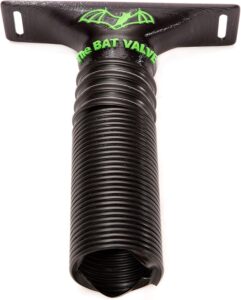
Professional Bat Valve
- One-way exit system
- Easy installation
- Durable construction
- Weather-resistant
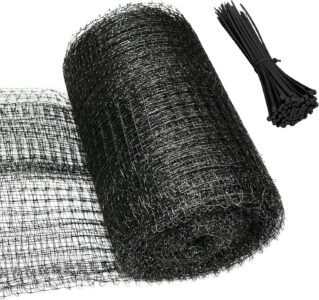
Exclusion Netting
- Flexible installation
- Cost-effective
- Works for multiple exits
- Easy to remove
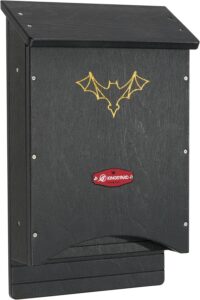
Bat House
- Houses up to 100 bats
- Maintains local bat population
- Natural pest control
- Eco-friendly option
Installation Tips
- Install exclusion devices during evening hours when most bats are active
- Monitor for 2-3 days to ensure all bats have left
- Complete sealing only after confirming no bats remain
- Place bat houses before starting exclusion process
Sealing Entry Points: Complete Bat-Proofing Guide
Once bats have been successfully excluded, proper sealing of all potential entry points is crucial to prevent future infestations. This comprehensive guide covers all areas that need attention and the best materials to use.
Common Entry Points
- Joints between window frames and siding
- Gaps where walls meet eaves
- Chimney and masonry connections
- Areas where pipes/wires enter
- Corners formed by siding
- Foundation-to-wood structure joints
Recommended Materials
- Stainless steel mesh or wool
- Professional-grade foam caulking
- Metal flashing
- Heavy-duty screening
- Insulation for gaps
- Weather-resistant sealants
Maintenance Checks
- Regular roof inspections
- Seasonal exterior checks
- Prompt repair of any damage
- Annual chimney inspection
- Gutter system maintenance
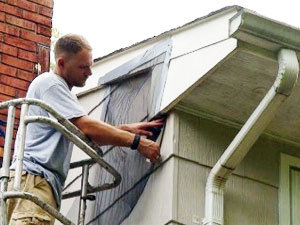
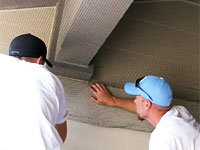
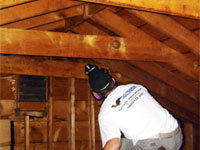
Thoroughly inspect all exterior surfaces, paying special attention to joints, corners, and transitions between materials.
Remove any debris, old sealant, or damaged materials from areas that need to be sealed.
Choose appropriate materials based on the size and location of each gap or opening.
Apply materials according to manufacturer specifications, ensuring complete coverage and proper adhesion.
Review all sealed areas and verify no gaps remain. Test durability of repairs where possible.
Long-Term Prevention Tips
- Schedule regular exterior inspections, especially before bat maternity season
- Keep trees trimmed away from your roofline to limit access points
- Maintain proper ventilation to prevent wood rot that could create new entry points
- Document all sealed areas for future reference and maintenance
Electronic and Alternative Bat Deterrent Methods
While exclusion is the most effective method for bat removal, some homeowners consider electronic and alternative deterrents. Understanding the effectiveness and limitations of these methods is crucial for making informed decisions.

Ultrasonic Devices
- Coverage up to 5,000-7,000 sq ft in open areas
- Effectiveness reduced by walls and insulation
- Bats may become accustomed to sounds
- Best used as part of a complete strategy

Chemical Repellents
- Naphthalene crystals provide temporary deterrent
- Must be regularly replaced
- Can be hazardous to humans and pets
- Not recommended as primary solution

Light and Motion Deterrents
- Bright lights can discourage roosting
- Motion sensors add effectiveness
- Energy costs can be significant
- May affect other wildlife
Important Considerations
- No alternative methods are as effective as proper exclusion
- Many commercial repellents are not registered for bat control
- Some methods may be illegal in certain areas
- Combining multiple methods rarely improves results
Electronic Device Limitations
- Signal blocked by walls and insulation
- Effective range often overstated
- Bats may adapt to sounds
- Can be costly to maintain
Chemical Safety Concerns
- Risk to children and pets
- Ventilation requirements
- Proper storage needed
- Environmental impact
Natural Alternatives
- Bright lighting
- Air circulation changes
- Temperature modifications
- Habitat modification
Post-Removal Cleanup and Restoration
After successful bat removal, proper cleanup and decontamination of the affected area is crucial for health and safety. Bat guano can pose serious health risks and should be handled with appropriate precautions.
Wait at least 24-48 hours after bat removal before entering the space. Ensure proper ventilation and wear appropriate safety equipment.
Carefully remove all droppings using proper containment methods. Never vacuum or sweep dry guano as this can release dangerous spores.
Thoroughly clean and disinfect all contaminated surfaces using appropriate cleaning solutions. Pay special attention to wooden surfaces.
Remove and replace contaminated insulation. Consider upgrading to better materials during replacement.
Safety Equipment Required
- HEPA-rated respirator
- Disposable protective suit
- Heavy-duty rubber gloves
- Eye protection
- Boot covers
When to Call a Professional
Situations Requiring Professional Help
- Large colonies present
- Multiple entry points
- Significant guano accumulation
- Complex structural issues
- Legal compliance concerns
What Professionals Provide
- Thorough inspection services
- Legal compliance guarantee
- Professional-grade exclusion
- Complete cleanup services
- Prevention recommendations
Choosing a Professional
- Check for proper licensing
- Verify insurance coverage
- Review bat removal experience
- Ask about guarantee policies
- Compare written estimates
Frequently Asked Questions
How Long Does Bat Removal Take?
The complete bat removal process typically takes:
- Initial Setup: 1-2 days to install exclusion devices
- Exclusion Period: 3-7 days for all bats to leave
- Confirmation Period: 2-3 days to ensure no bats remain
- Final Sealing: 1-2 days to seal all entry points
Note that timing can vary based on colony size and season. Never attempt removal during bat maternity season (usually June-August).
Will Bats Return After Removal?
Bats may attempt to return unless:
- All entry points are properly sealed
- Regular inspections are maintained
- Alternative roosting sites (bat houses) are provided
- Exterior lighting and landscaping are modified to deter return
Professional exclusion methods combined with proper sealing typically provide permanent results.
Are Ultrasonic Repellents Effective for Bats?
The effectiveness of ultrasonic devices is limited:
- Coverage is reduced by walls and insulation
- Bats often become accustomed to the sound
- Devices only affect small areas
- Not recommended as a standalone solution
Physical exclusion remains the most reliable method for bat control.
How Much Does Professional Bat Removal Cost?
Professional bat removal costs vary based on:
- Size of the colony
- Number of entry points
- Extent of damage requiring repair
- Location and accessibility of the infestation
- Need for cleanup and sanitization
Always get multiple written estimates and ensure they include both removal and prevention services.
What Time of Year Is Best for Bat Removal?
Timing considerations for bat removal:
- Best Time: Late August to early October
- Avoid: June through mid-August (maternity season)
- Secondary Window: March to April
- Winter: Not recommended due to hibernation
Always check local regulations and bat species in your area for specific timing restrictions.
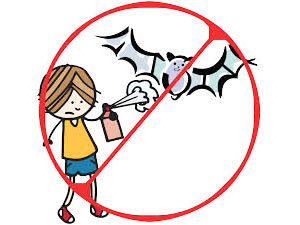

I have a brown bat that has found its way into the house and I think it is due to a vent that a very bad home improvement guy left unsealed. So i have now sealed every possible entrance. The bat flies into all my rooms at night so I have all lights out. I open windows in all the rooms and eventuallly it flies out. i think he lives in the attic but he may also live in a hug tree. When I lived on a lake, the bat colony was in the tree next to my kitchen and flew out at dusk to eat the bugs around thee lake. Never came into the house. I had a skunk mom who lived under the house and used to wait for me to come home and walk to my cottage with me. I had a rat hat lived in an old computer in a box. i had some mice that liked to sleep in a storage closet in old coat pockets and I had a duck that fought the foxes and lived in an old dog house. I had a beaver ranger put in a sealed lake (no way for him to do any work) so he ate applies in my tree, found out he was alone and stayed with migating gueese every night on the lake shore (quarry) and in the winter built a structure on the hill by our property that was made of mud and trees. I have a bat now in an old house I bought and do not kill critters. I am building a bat house to attach to a huge tree and hope my new pest will like that better then my attic.
I think you should write a children’s book about all your critters.
I have discovered bats in my attic. I live in Alberta Canada and have been told they will leave in the fall to head south to warmer climates. I am going to wait for them to leave as fall is here soon before I seal off the entry points. I am not looking forward to cleaning the mess after they leave. I do appreciate them for there insect eating prowess and will be putting up bat houses for their return in the spring.
Did your bats actually leave in the fall? I’m in Ontario, Canada and have a similar situation… thanks!
Always make sure to not trap bats in your attic or other space, by sealing it up, because you can trap them in there and then you will have alot of dead bats in your attic. You should put in the netting over the spaces as they describe and leave it so all the bats can escape for 4 or 5 nights. Then you can permanently seal the cracks. Breeding colonies of bats serve important functions eating insects and are protected by law in the US and in most countries. Their populations are disappearing from the planet in many areas, and several million bats have died off on the east coast of the United States in only the last few years.
I have bats in attic where can I get ultrasonic repellent at??
lowes
Best way to get rid of bats is by using several methods together. I got rid of bats in my attic by purchasing a electronic ultrasonic device and scattering mothballs ( use the ones made of napthalene ). The moth balls drove them out while the ultrasonic device kept them away. Just make sure the ultrasonic device works on bats ( they usually have a setting specifically for bats/rodents or will automatically sweep through sound frequencies at random to work against many types of pests ). The ultrasonic devices usually are about the size of a small to large alarm clock. Also note you may need to replace the ultrasonic every year or so as they wear out and become less effective over time. Even if the device seems to be working it is best to replace every 1 to 2 years as the sounds are inaudible to us it is very hard to tell when the device is worn out and needs to be replaced.
If your problem with bats is outside you can get outdoor ultrasonic units and treat the area with a hot pepper oil based animal repellent (strong hot pepper oils are highly irritating to bats and rodents and most animals) . Don’t try to make your own hot pepper repellent, as anything available to you in the kitchen won’t be concentrated enough to work ( strength usually needs to be near what police/military uses in their pepper sprays! ). The pepper repellent will need to be reapplied every week or sooner if area was exposed to rain or wet conditions. I have also heard that if they keep nesting on a specific spot on the outside of a house that spikes ( like the ones used to keep away pigeons and other bird pests might help).
Hi I live in Trinidad & Tobago an island in the caribbean. There are a lot of bat in my ceiling right over my bed. I have tried many things to get rid of them but all in vain. Can you help me please?
Where can I get the ultrasonic unit or device to buy? Please let me know.
hi, i live in Guyana in the Caribbean and my ceiling is infested with lots of bats i need help they are destroying my roof i am afraid my ceiling will come crashing down one day .
I live in grenada which is part of the Caribbean islands.there are 3 bats that hangs from the roof of the villa where I works. I try pelting objects at them but they will always return. Can you help me please?
The roof of my house is infested with bats,in the evening we can see a few hundreds of them flying out from the crevices in the roof edges.Now we notice a stain on the ceiling probably the bat’s urine and droppings.I live in Kuala Lumpur,Malaysia.Have tried alot of method to get rid of them before employing people to close off the holes and crevices.Please help by giving some tips.Thank you